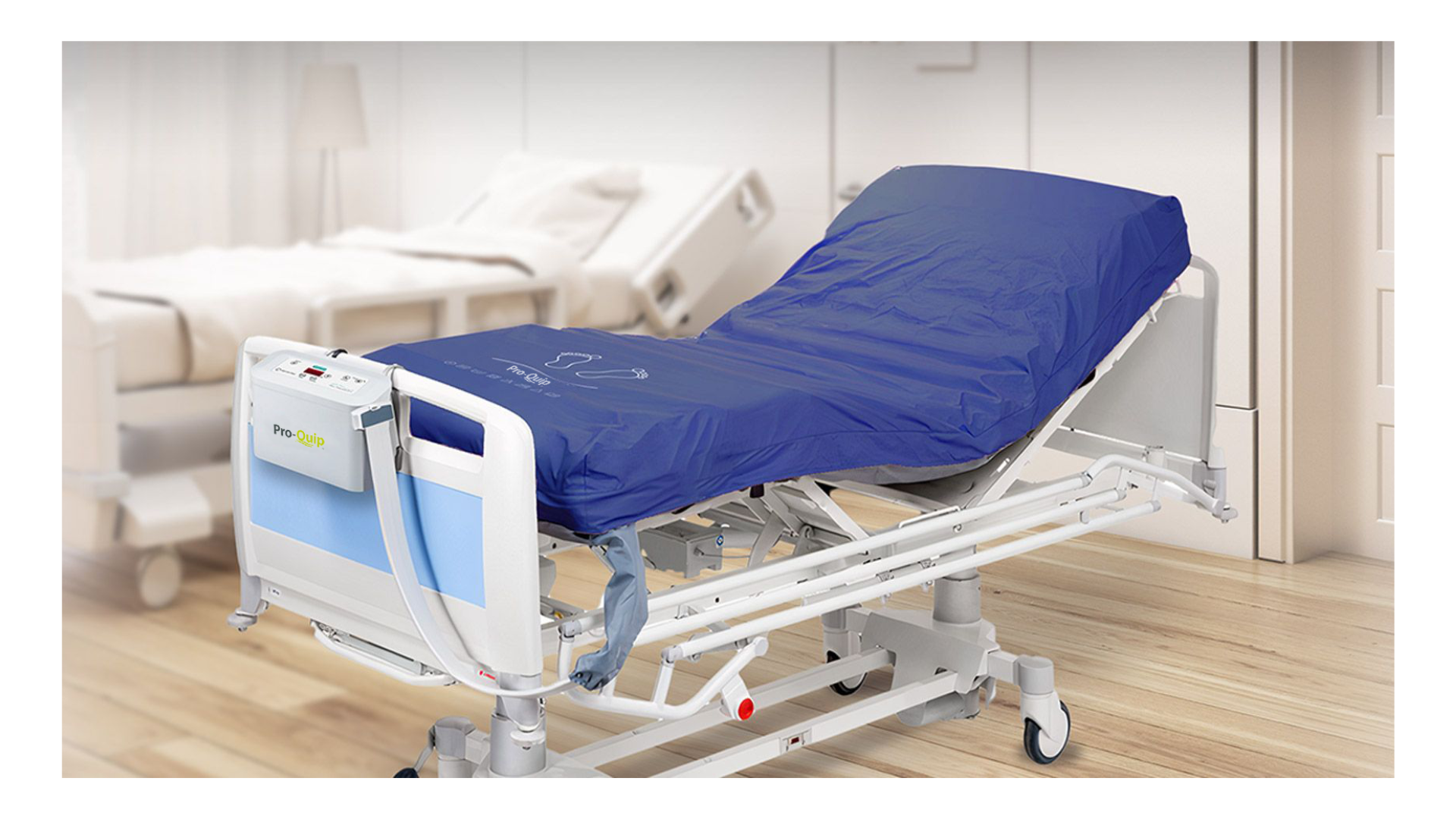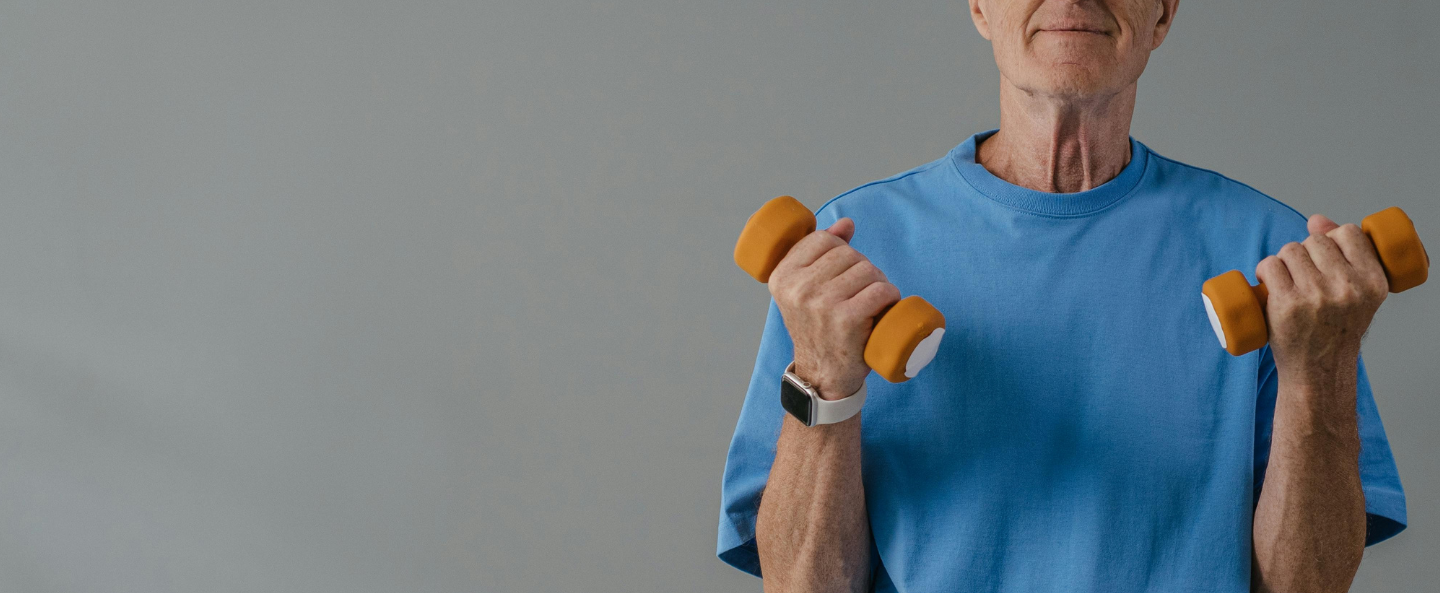There are many reasons why care home residents may find difficulty when navigating through the washroom. This daily task which most for us take for granted can actually be a challenge for others. Both physical and psychologically, using the bathroom in older age comes with increased risks.
From deep baths, to overhead showers, and slippery surfaces, washing is a vulnerable time, and can even be overwhelming for residents living with dementia.
Key takeaways
Identifying what common hazards can occur in a care home washroom
Learn about what issues they are for residents
Identifying what common hazards can occur in a care home washroom
They are many common hazards and risks that can take place in a care home, such as infections or slips and falls. Care home managers have a duty of care to both residents and their staff to ensure all areas within their care homes are safe. The bathroom is still a work environment and as such there are a range of health and safety and infection control considerations which need to be assessed.
.jpg?width=4000&height=2252&name=Duporth%20%26%20Charlestown%20Assisted%20Bath%20(6).jpg)
What type of issues could there be for residents
Bathroom Equipment
All equipment including bath and toilet seat lifts and hoists used within the bathroom are subject to LOLER regulations so need scheduled service checks.
Equipment like grab bars and rails can provide an excellent support for stability. These can be fixed at the entrance to a shower and inside the cubicle itself to avoid tripping and to assist with maintaining balance and steady footing.
The risk of falling or slipping can be greatly reduced with in-shower seating. From wall-fixed fold-down seats to four-legged chairs, shower seats can give huge peace of mind to those living independently and mean that less-abled people in care can shower easily with assistance.
Space
There should be adequate space for the resident to be comfortable when using the toilet and bath or shower. If a hoist is required then consideration must be given to the area around the hoist to allow staff a sufficient area to work in, and ensure the safe use of hoists.
When dealing with the limited space in a bathroom, manoeuvring a mobile hoist or standing hoist in such confined spaces can be difficult, particularly in older homes with narrow doorways and limited clearance around toilets.
Infection control
Some practice particularly crucial to prevent and control infection in care homes include; personal protective equipment (PPE) such as gloves, masks, gowns, and other protective gear and regular training and education for care home staff.
Being mindful of implement strong hand hygiene practices with strategically placed hand sanitising stations is another way to prevent infection from spreading. With regular hand-washing with soap and water for an appropriate amount of time, to using touchless dispensers to make hygiene easy and effective.
Fall prevention
The likelihood of experiencing a fall increases as we enter our older years. Therefore, precautions must be taken in professional care settings to mitigate risks and hazards where possible.
Slippery surfaces are also a huge risk but thankfully, there is a range of equipment which can be used for care homes or is installed in care homes that help reduce the risk of falling for the most vulnerable.
Heat control
If a resident has reduced mobility this means that they may be slower to respond safely to contact with hot water.
Scalding, and the risk of falling when attempting to get out of a bath more quickly than they are able, is a serious risk which not only has the potential to cause severe pain and lead to complications like shock, heat exhaustion, infection, and scarring.


